HAO News
HAO News
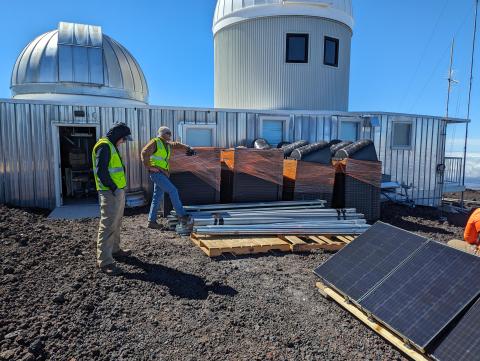
HAO flew observers to MLSO to observe the Sun during the solar eclipse
On April 8, 2024, the day of the total solar eclipse, HAO observers Ben Berkey (site manager) and Lisa Perez-Gonzalez flew by helicopter to the Mauna Loa Solar Observatory (MLSO) located at 11,200 feet on the north face of Mauna Loa to observe the Sun’s corona using the MLSO coronagraphs. They had to fly to the site since the road and power lines to Mauna Loa were destroyed by a volcanic eruption on Nov 27, 2022. A generator and battery packs supplied the observatory with the necessary power. Unfortunately, clouds prevented observations on April 8, but Ben and Lisa were able to return on April 9 to capture beautiful observations of the corona with both coronagraphs (see images in story).

Chasing the IR Corona through Solar Eclipse Experiments
The total solar eclipse on April 8, 2024, was a great opportunity for the team of HAO, NSO, and NOAA scientists and collaborators to travel to a location on the totality path with the goal of running unique science experiments. Using additional telescopes, binoculars, and outreach materials, we were able to capture the eclipse throughout its phases and share our passion with a very excited local crowd.
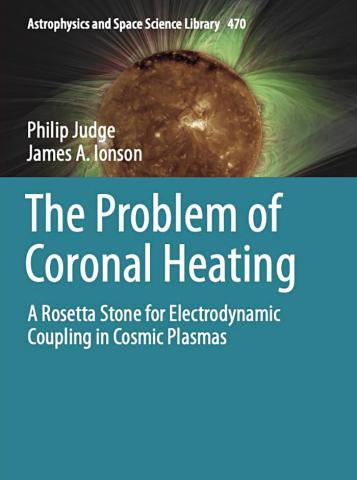
New Book! The Problem of Coronal Heating: A Rosetta Stone for Electrodynamic Coupling in Cosmic Plasmas
HAO is pleased to announce the publication of a new and timely book written for young and open-minded scientists just prior to the total eclipse over the USA in April. Senior scientist Philip Judge and co-author James A. Ionson ask why, 8 decades after Bengt Edlen published his seminal article, we still do not have a clear answer to one of the longest-lasting puzzles in all of astronomy. Why is the solar corona so hot?
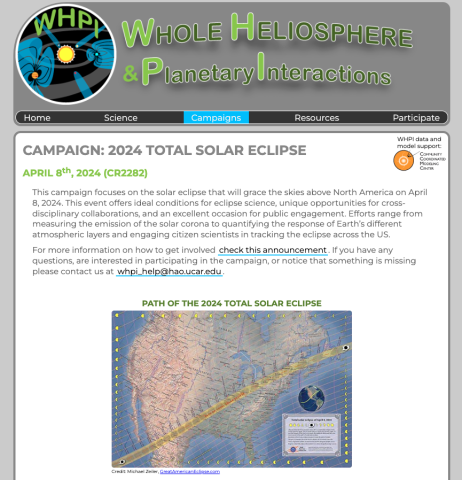
WHPI repository of 2024 Total Solar Eclipse activities
The Total Solar Eclipse on April 8, 2024 offers ideal conditions for eclipse science, unique opportunities for cross-disciplinary collaborations, and an excellent occasion for public engagement. HAO is leading the effort through the Whole Heliosphere and Planetary Interactions (WHPI) initiative to support the 2024 Total Solar Eclipse by providing a platform for gathering information on ongoing eclipse activities. Please contact us at whpi_help@hao.ucar.edu if you have any questions or would like to be included.
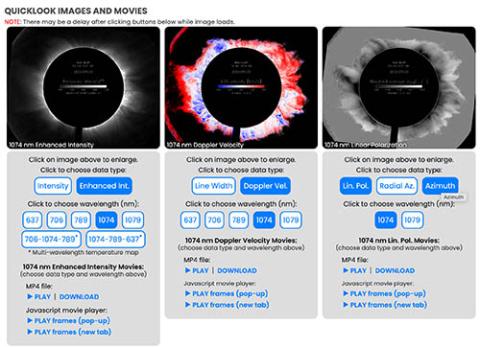
MLSO UCoMP Science Data Now Available
The Mauna Loa Solar Observatory Upgraded Coronal Multi-Channel Polarimeter (UCoMP) coronagraph science data (version 1.0.1) have now been released to the community via the Mauna Loa web page.
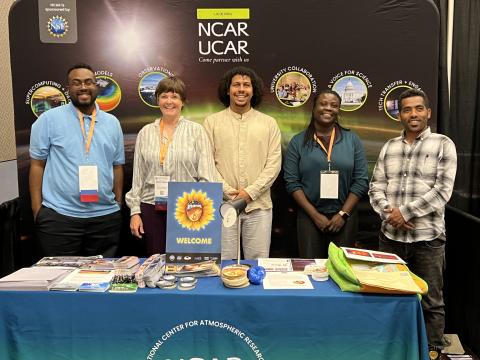
NCAR/HAO hosts booth at National Society of Black Physicists meeting
HAO hosted a booth at the 2023 National Society for Black Physicists meeting in Knoxville, TN. This was a great opportunity for students Marcel Corchado-Albelo and Chandler Jenkins and postdoc Kinfe Teweldebirhan Gebreegzabihar to reach out to the community on behalf of HAO and NCAR. We are grateful for the tremendous support we got from NASA PUNCH Outreach who provided a kit of their engaging tabletop activities (along with a helpful training!).
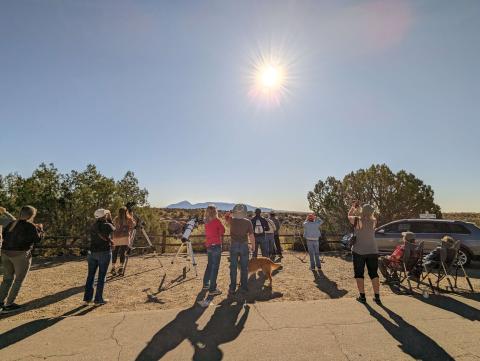
Annular Eclipse Expedition at Hovenweep
On 14 October 2023, a captivating annular eclipse graced the skies from Oregon to Texas in the U.S. It was a privilege to not only witness this celestial spectacle but also engage with a curious audience that included a team of solar physicists from both the High Altitude Observatory at NCAR and the National Solar Observatory. Visiting students and/or voluntary collaborators were also among the spectators.
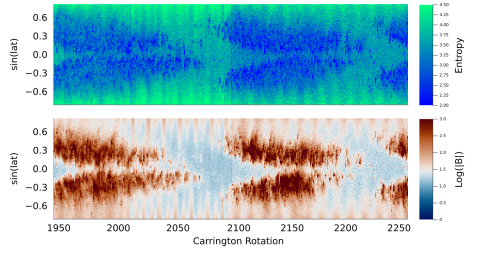
HMI Science Nuggets features: Rossby waves and the organization of photospheric magnetic fields
Breno Raphaldini, Mausumi Dikpati, and Scott W. McIntosh are highlighted in the HMI Science Nuggets. Helioseismic and Magnetic Imager (HMI) magnetic field synoptic maps are used to evaluate the magnetic field structures’ organization and propagation as a function of time and latitude. It is demonstrated that the organization of longitudinal structures observed on synoptic maps is proportional to the level of activity at given latitudes.
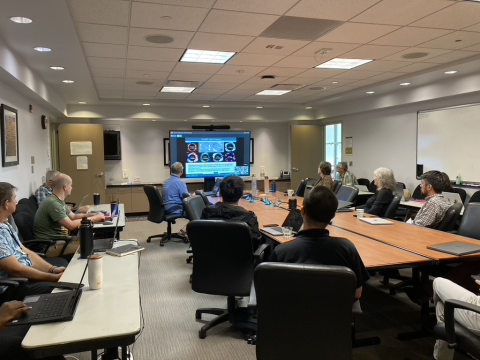
International UCoMP Users Workshop
HAO director Holly Gilbert comments: "There was great energy around the UCoMP Users Workshop last week, with many visitors coming from around the world to participate. Thanks to those who made it a success, including many early career folks!" The first-ever UCoMP Data User’s Workshop was held the week of August 29 and was a great success. The purpose was to introduce UCoMP to the community and to organize working groups to collaborate on UCoMP first results to be published in a topical issue of Solar Physics.